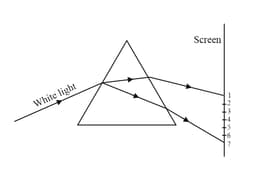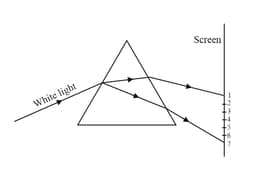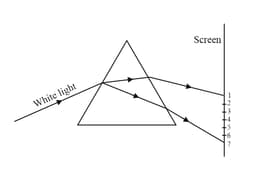Narendra Kumar Solutions for Chapter: The Human Eye and Colourful World, Exercise 4: HIGHER ORDER THINKING SKILLS (HOTS)
Narendra Kumar Physics Solutions for Exercise - Narendra Kumar Solutions for Chapter: The Human Eye and Colourful World, Exercise 4: HIGHER ORDER THINKING SKILLS (HOTS)
Attempt the free practice questions on Chapter 5: The Human Eye and Colourful World, Exercise 4: HIGHER ORDER THINKING SKILLS (HOTS) with hints and solutions to strengthen your understanding. Science Part-I NEW ERA PHYSICS Textbook for Class X solutions are prepared by Experienced Embibe Experts.
Questions from Narendra Kumar Solutions for Chapter: The Human Eye and Colourful World, Exercise 4: HIGHER ORDER THINKING SKILLS (HOTS) with Hints & Solutions
A years old student is not able to see the questions written on a blackboard placed at a distance of from him. Name the defect of vision, he is suffering from.
A years old student is not able to see the questions written on a blackboard placed at a distance of from him. With the help of labelled ray diagram show how this defect can be corrected.
A years old student is not able to see the questions written on a blackboard placed at a distance of from him. Name the type of lens used to correct this defect.
What is night blindness? How is it caused and can it be corrected?
A beam of white light falling on a glass prism gets split up into seven colours marked to as shown in the diagram.

A student makes the following statements about the spectrum observed on the screen.
The colours at positions marked and are similar to the colour of the sky and the core of a hard-boiled egg respectively. Is the above statement made by the student correct or incorrect? Justify.
A beam of white light falling on a glass prism gets split up into seven colours marked to as shown in the diagram.

Which position corresponds closely to the colour of a solution of potassium permanganate?
A beam of white light falling on a glass prism gets split up into seven colours marked to as shown in the diagram.

Which position corresponds closely to the colour of 'danger' or stop signal lights?
A glass prism is able to produce a spectrum when white light passes through it but a glass slab does not produce any spectrum. Explain, why is it so?
